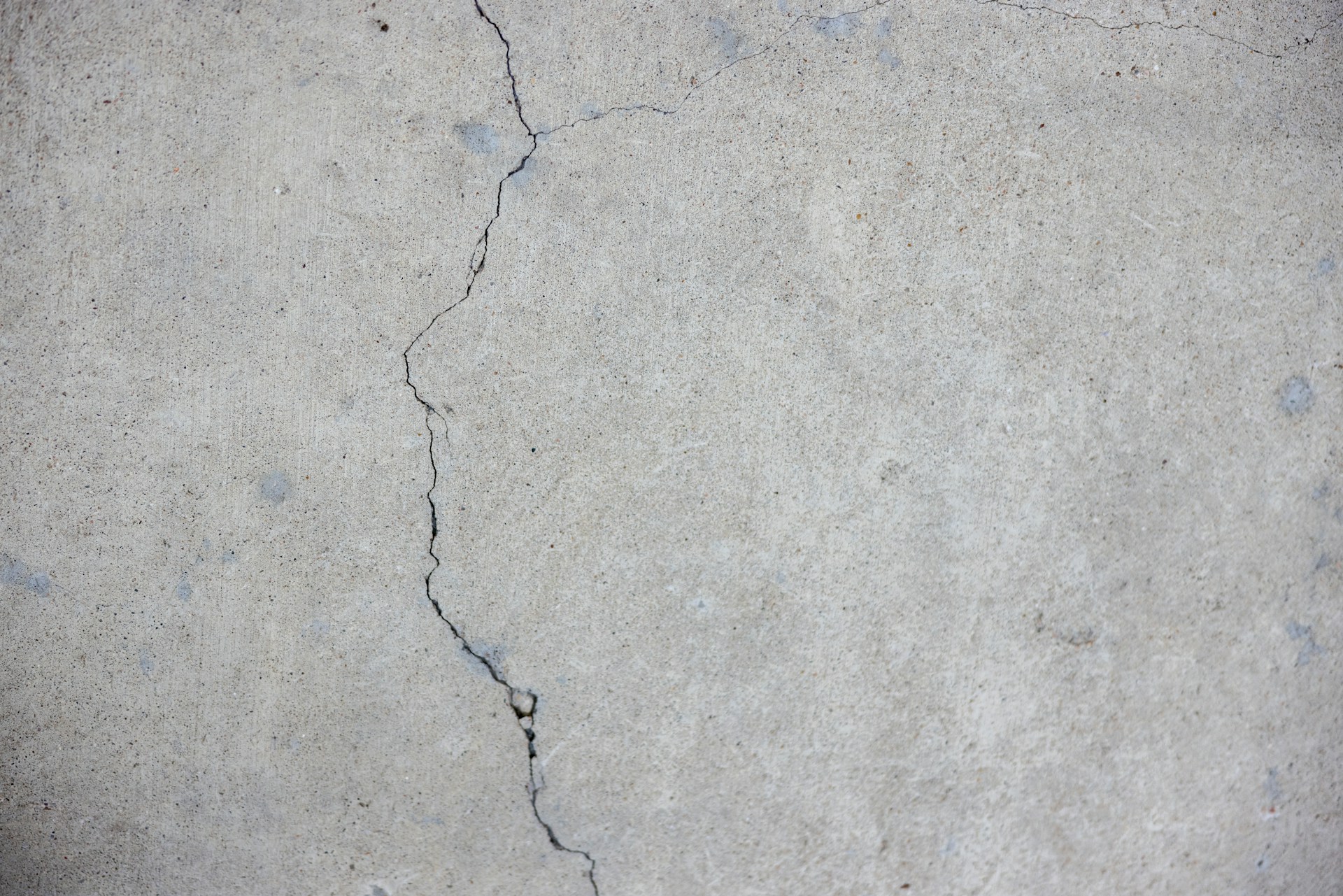Foundation cracks don’t just take away from the way a property looks — they can lead to bigger, more expensive problems if ignored. What starts as a thin fracture in a concrete wall or floor can quickly grow into a deeper issue with moisture, structural strain, and uneven surfaces. Whether it’s a home or a commercial building, those first cracks are a warning sign that should never be brushed off.
Repairing them as soon as they show up makes a difference. It helps protect the structural integrity of the entire building while keeping damage from spreading to walls, floors, or nearby plumbing. Getting ahead of these problems not only cuts down on repair costs later but also makes a space safer and more stable long-term. A good foundation crack repair service can help identify the real cause of the damage and plan the best fix before things get worse.
Common Causes Of Foundation Cracks
Cracks don’t happen overnight, and they’re usually the result of several different conditions working together. It could be the soil under the building shifting around, a heavy rainstorm loosening up the ground, or even poor drainage that wasn’t noticed right away. Then there’s the normal wear that builds up over the years. Figuring out where a crack is coming from is the first step to repairing it the right way and making sure it doesn’t return.
Here are some of the most common reasons foundation cracks show up:
– Soil movement: When clay-rich or loose soil expands and contracts with moisture, it can push against the foundation unevenly.
– Freeze-thaw cycles: In colder months, water around the foundation can freeze, expand, and cause pressure on the concrete.
– Poor construction: If the original foundation wasn’t poured or reinforced properly, weak points can form as the structure settles.
– Water buildup: Faulty drainage systems or clogged gutters can cause water to pool around the base of a building, leading to erosion or shifting.
– Tree roots: Large nearby trees may push into or under a foundation, disturbing the soil and causing cracks to appear.
Foundations in wetter or flood-prone areas can face extra stress from high water tables or frequent runoff. Add in heavy usage like equipment operation on commercial properties or additions made to the structure, and cracks can start to form faster without warning. That’s why regular inspections—even when everything looks normal—can make a difference. Catching early warning signs helps prevent more serious damage, especially if the soil or drainage conditions are making things worse.
Identifying Signs Of Foundation Cracks
Not every sign of a problem with the foundation starts with a big, ugly crack. Many of them show up in smaller ways throughout the house or building. The earlier these red flags are caught, the easier they are to deal with. Anyone who owns or manages a property should stay alert for the signs that something might be off under the surface.
Keep an eye out for things like:
1. Stair-step cracking in exterior brick or block walls
2. Doors or windows that start to stick or won’t close right
3. Floors that feel uneven or sloped
4. Gaps showing up between ceilings and crown molding or baseboards and floors
5. Sudden water intrusion or musty smells in the basement
One homeowner noticed that their closet door wouldn’t stay shut anymore, even after adjusting the hinges. A closer look revealed that the door frame had pulled slightly out of level, likely from one section of the foundation settling faster than the rest. After that, they started noticing similar issues with other doors and faint cracks forming near the base of certain walls. These small signs were the early clues that something underneath needed attention.
By staying aware of physical changes inside and outside the structure, property owners give themselves a better shot at getting help before cracks multiply or grow worse. Tracking even small shifts can help spot patterns in movement and moisture that point to deeper problems with the foundation.
Advantages Of Professional Foundation Crack Repair
A lot of foundation problems seem like small inconveniences at first. Maybe you spot a thin crack on the basement wall or notice a draft where there wasn’t one before. Some people try quick patch jobs with retail sealants or skim over the problem with cosmetic filler. But foundation damage isn’t just about what you can see on the surface. What’s really going on underneath is what affects the home’s stability over time.
When you bring in a professional foundation crack repair service, you’re getting a thorough look at the issue. These folks don’t stop at covering cracks. They figure out why the damage happened in the first place. It could be drainage pulling away too much soil, underground water pressure putting force on the walls, or the way the original concrete was poured decades ago. Whatever it is, they tailor a solution that holds up for years instead of months.
Here’s why it makes more sense to go with the pros:
1. Accurate assessments: They know the difference between cosmetic surface cracks and signs of deeper structural movement
2. Long-lasting materials: Professionals use commercial-grade products that bond better and flex with movement, helping prevent future damage
3. Specialized equipment: This includes foundation stabilizing systems, injection tools, and leveling gear that a homeowner just wouldn’t have on hand
4. Safer repairs: Dealing with foundation work, especially near electrical, plumbing, or outside walls, can be risky without the right backup
5. Backed repairs: Most companies stand behind their work and offer warranties, giving you peace of mind that you’re not fixing the same issue twice
Trying to guess your way through a crack fix or cover up a symptom might seem faster in the moment, but it opens the door to deeper foundation trouble. And once moisture gets involved or leveling shifts more, you’re now looking at bigger, more expensive fixes down the road.
Steps To Prevent Future Foundation Cracks
Fixing a foundation crack is one thing. Keeping it from coming back is another. After repairs are made, a few small changes can go a long way in keeping your home steady and secure. Most of them aren’t fancy, and you don’t need to be an expert. Just staying on top of some routine checks and seasonal maintenance makes all the difference.
Here are a few simple steps to help prevent new foundation cracks:
– Keep your gutters clean. Clogged gutters overflow and dump water near the base of the house, which can soften the soil and cause it to shift
– Extend downspouts away from the home. Water draining too close to the foundation can seep in and create pressure or erosion
– Check the grading of your yard. The soil should slope away from the house to move water toward the street or proper drainage channels
– Avoid planting large trees too close to the home. Roots from mature trees can grow beneath the foundation and cause displacement
– Water consistently during dry seasons. Dry soil shrinks and can pull away from the foundation, creating unstable pockets that lead to cracks
– Look for signs inside and outside the home at least twice a year. Door frame gaps, cracked drywall, or small separations in exterior brick can all point to foundation movement
Most of these habits don’t take long but can spare you from more serious repairs later. Fall and spring are great times to walk the property and take note of anything out of the ordinary. Pay attention to pooling water, changes in smell in the basement, and even how your windows open. Foundation damage rarely starts big, so the sooner you catch concern areas, the better chance you have of keeping everything solid.
Securing Your Structure From The Ground Up
Getting ahead of foundation damage is one of the smartest choices a property owner can make. Those cracks along the slab or shifts in support beams aren’t just cosmetic problems. If they’re ignored too long, they open your home or commercial building up to bigger issues with water, mold, and even structural hazards. Timely attention makes all the difference, and the right repairs add decades of life to your foundation.
Whether it’s a small crack that just showed up or signs of settling that keep getting worse each year, the goal is to understand what’s really causing the shift. That approach gives you the best shot at stopping future cracks and keeping the building safe. Think of it like protecting your investment from the ground up — literally. A strong foundation holds everything else in place, and it deserves attention before big signs of failure start showing up.
By staying proactive and getting professional insight when you see red flags, you’re saving money, reducing stress, and making your home or property safer for the long haul. One small move now can prevent a much larger problem later. When it comes to concrete support, getting it done right truly matters.
When foundation problems start to show, ignoring them can lead to bigger structural damage and costly repairs. Addressing these issues early with a professional foundation crack repair service helps maintain both the safety and value of your property. Trust King Waterproofing & Foundation Solutions to handle the repairs with experience and care, giving you peace of mind no matter the season or structure.


